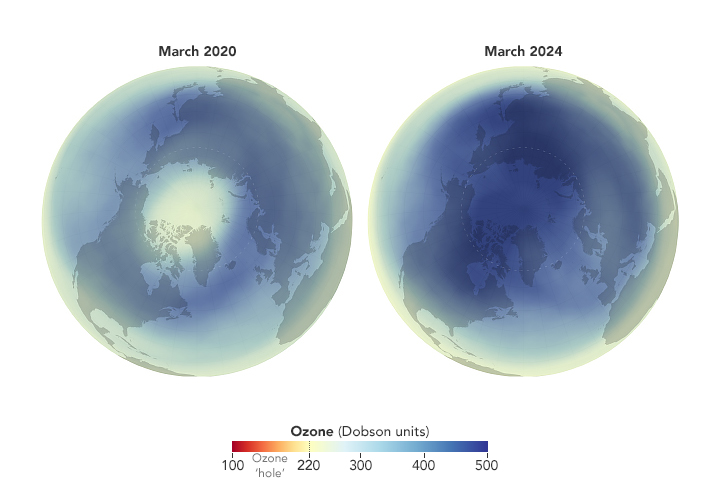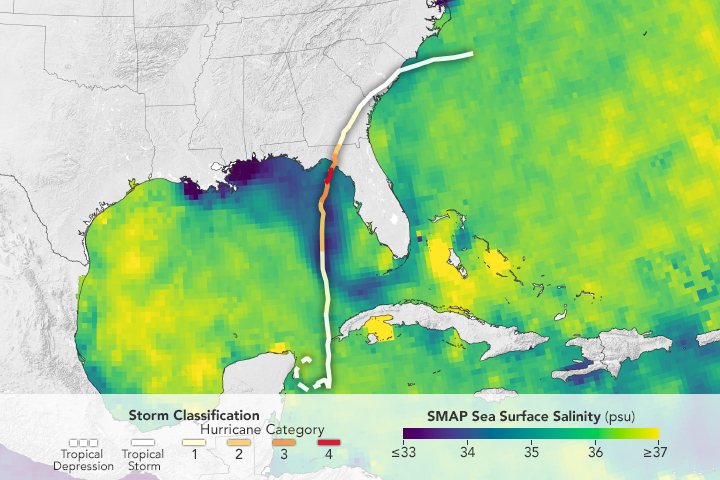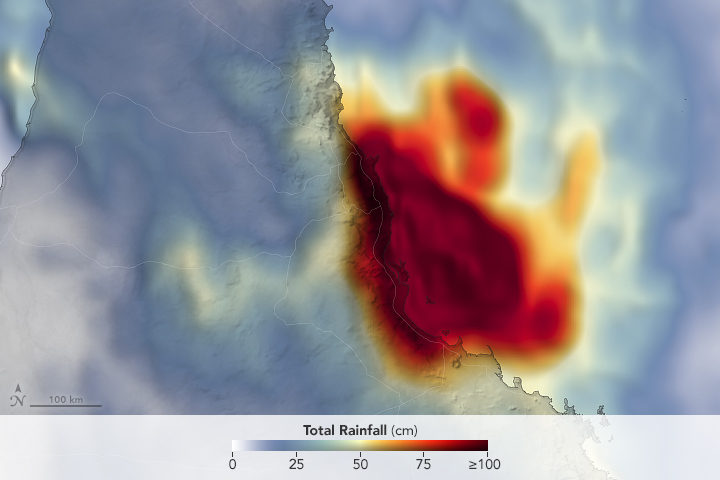- Home
- Missions
- Data
- Communications
- People
- The Earth Observer Newsletter




Recent Imagery
You will be directed to the NASA Visible Earth webpage when you select Images by Mission below, or click on the images at right that are randomly generated to represent four out of all possible topics.
You are here
Total and Spectral Solar Irradiance Sensor -2 (TSIS-2)

Status:
Future, Formulation
Mission Category:
Earth Systematic Missions Program
Launch Date: 2025
The Total and Spectral Solar Irradiance Sensor–2 (TSIS-2) is a follow on mission to TSIS-1 to continue to monitor the Earth’s solar energy input-a measurement of the Sun’s brightness at the top of Earth’s atmosphere. TSIS-2 includes two instruments – the Total Irradiance Monitor (TIM) and the Spectral Irradiance Monitor (SIM), which are nearly identical to the instruments on TSIS-1. TIM will continue to provide a 40-year uninterrupted measurement record of the Total Solar Irradiance (TSI) which is the Earth’s predominant energy source. The SIM will continue to measure the Solar Spectral Irradiance (SSI) and identify the regions in Earth’s atmosphere and surface that are affected by solar variability. TSIS-2 will ride on a free-flying spacecraft, unlike its predecessor TSIS-1 which operates from the International Space Station. NASA plans to launch TSIS-2 in 2025.
Key Total and Spectral Solar Irradiance Sensor -2 Facts
| Mission/Portal Page: | https://science.nasa.gov/mission/tsis-2/ |
|---|---|
| Altitude:Distance from sea level. | 600km |
| Inclination: | 97.7° |
| Origination: | NASA |
